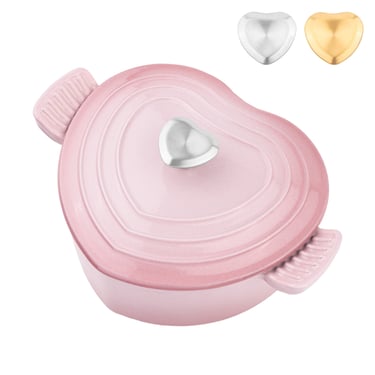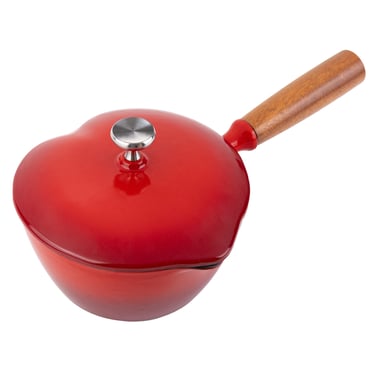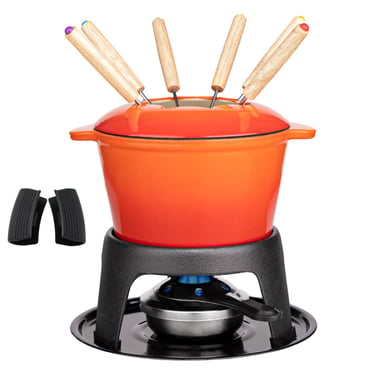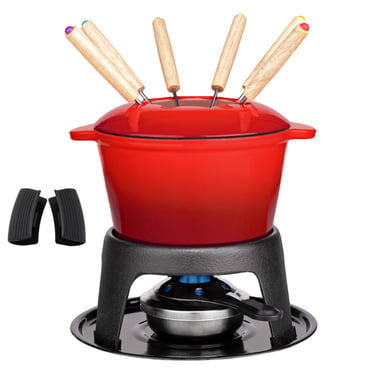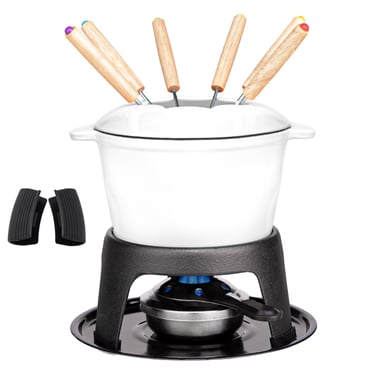Fall Superfoods for Energy and Immunity
Boost your energy and strengthen your immune system this fall with these seasonal superfoods. Discover nutrient-packed ingredients to keep you healthy, energized, and glowing all autumn long.
WELLNESS
10/16/20255 min read
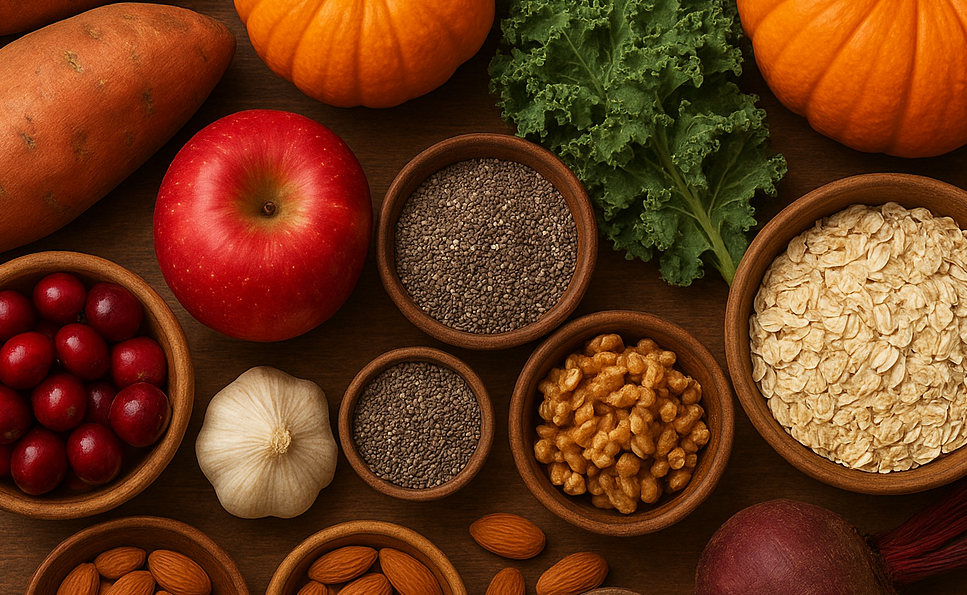

As the days get shorter and cooler, our bodies crave warmth, comfort—and a little extra care. Fall is the perfect time to nourish your body with seasonal superfoods that boost energy, support your immune system, and help you feel your best. From vibrant root vegetables to antioxidant-packed fruits, these autumn ingredients are nature’s way of preparing us for the colder months ahead.
1. Sweet Potatoes: Comforting and Energizing
Sweet potatoes are one of fall’s most versatile superfoods. Packed with complex carbs, vitamin A, and fiber, they provide long-lasting energy without the sugar crashes. The beta-carotene in sweet potatoes also supports immune function and healthy skin.
Tip: Try roasting them with olive oil, rosemary, and a pinch of cinnamon for a cozy, nutrient-rich side dish.
2. Apples: The Classic Immune Booster
“An apple a day” isn’t just an old saying—it’s solid nutrition advice. Apples are rich in vitamin C, antioxidants, and soluble fiber, which help strengthen your immune defenses and support gut health (key for overall immunity).
Try this: Slice apples into oatmeal or pair them with almond butter for a satisfying afternoon snack.
3. Kale: The Green Powerhouse
Kale thrives in cooler weather, and its nutrient density makes it a true fall superfood. It’s packed with vitamins A, C, and K, iron, and calcium—a combination that boosts energy and supports immune resilience.
Quick idea: Massage kale with olive oil and lemon juice for a softer texture, then toss with roasted squash or quinoa for a hearty autumn salad.
4. Pumpkin: Fall’s Nutrient Superstar
Pumpkin isn’t just for pies and lattes—it’s a nutritional goldmine. It’s loaded with vitamin A, zinc, and antioxidants, all crucial for immune support. The natural sweetness makes it easy to add to both sweet and savory dishes.
Fun fact: Pumpkin seeds (pepitas) are also rich in magnesium and iron, helping maintain healthy energy levels.
Try this: Blend pumpkin purée into smoothies or soups for a creamy, comforting boost.
5. Garlic: Nature’s Immune Shield
Garlic is one of the most potent immune-boosting foods around. It contains allicin, a compound known for its antibacterial and antiviral properties. Regularly adding garlic to your meals can help your body fight off seasonal colds and infections.
Tip: Add fresh minced garlic to soups, stews, or roasted veggies near the end of cooking to preserve its health benefits.
6. Cranberries: Tiny but Mighty
Cranberries are a fall favorite that deliver big on health benefits. Their antioxidants and vitamin C help protect cells and strengthen your immune system.
Use them: In homemade sauces, baked goods, or even blended into smoothies for a tart, refreshing kick.
7. Oats: The Energy Stabilizer
Cooler mornings call for warm breakfasts, and oats are the perfect start to your day. They’re a great source of slow-digesting carbs, fiber, and B vitamins, which help your body convert food into energy efficiently.
Try this: Make overnight oats with apples, cinnamon, and a drizzle of honey for an energizing grab-and-go meal.
8. Nuts and Seeds: Nutrient-Dense Snacks
Almonds, walnuts, chia seeds, and flaxseeds are packed with healthy fats, protein, and minerals like zinc and magnesium. These nutrients support steady energy levels and a strong immune system—especially important during the chilly months.
Snack smart: Sprinkle nuts and seeds on yogurt, oatmeal, or salads for an easy nutritional upgrade.
9. Beets: Natural Energy Boosters
Beets are rich in nitrates, which improve blood flow and oxygen delivery to muscles, helping you feel more energized. They also contain folate and vitamin C, making them great for immune support.
Eat them: Roasted, grated into salads, or blended into smoothies for a subtly sweet and earthy flavor.
10. Green Tea: Gentle Caffeine and Antioxidants
When you need an energy lift that doesn’t come with the jitters, green tea is your friend. It’s packed with catechins, powerful antioxidants that support immune health while providing a calm, focused energy boost.
Sip it: Warm with a bit of honey and lemon for an afternoon pick-me-up.
Bringing It All Together
Eating with the seasons is one of the simplest ways to stay healthy and energized. These fall superfoods not only taste amazing but also give your body the nutrients it needs to thrive as the weather cools.
So this autumn, fill your plate with vibrant produce, whole grains, and warm, nourishing meals. Your body—and immune system—will thank you.
This post may contain affiliate links and I may receive a commission for purchases made through links.
Heart-Shaped Enameled Cast Iron Dutch Oven
2-Quart Casserole Pot with Lid - Compatible with All Cooktops
Click on the images to buy cast iron cookware
1-Quart Red Enameled Cast Iron Mini Sauce Pot for All Cooktops
References
All nutrition and health information in this article is supported by reputable scientific and medical sources:
Harvard T.H. Chan School of Public Health. Sweet Potatoes. https://www.hsph.harvard.edu/nutritionsource/food-features/sweet-potatoes/
National Institutes of Health (NIH). Vitamin A Fact Sheet. https://ods.od.nih.gov/factsheets/VitaminA-HealthProfessional/
Harvard Health Publishing. Eating Apples Is Linked With Health Benefits. https://www.health.harvard.edu/heart-health/eating-apples-is-linked-with-health-benefits
U.S. Department of Agriculture (USDA). FoodData Central. https://fdc.nal.usda.gov/
Cleveland Clinic. Kale: Nutrition, Benefits, and How to Eat It. https://health.clevelandclinic.org/kale-benefits/
NIH. Vitamin K Fact Sheet. https://ods.od.nih.gov/factsheets/VitaminK-HealthProfessional/
Healthline. Pumpkin: Nutrition, Benefits, and Uses. https://www.healthline.com/nutrition/pumpkin
NIH. Zinc Fact Sheet. https://ods.od.nih.gov/factsheets/Zinc-HealthProfessional/
Journal of Immunology Research (2015). Immunomodulatory Effects of Garlic Compounds. https://www.ncbi.nlm.nih.gov/pmc/articles/PMC4369560/
NIH. Garlic and Immune Function. https://pubmed.ncbi.nlm.nih.gov/25548969/
Journal of Nutrition (2016). Cranberry Polyphenols and Cardiometabolic Health. https://academic.oup.com/jn/article/146/12/2523S/4584840
Harvard T.H. Chan School of Public Health. Oats. https://www.hsph.harvard.edu/nutritionsource/food-features/oats/
NIH. B Vitamins and Energy Production. https://ods.od.nih.gov/factsheets/VitaminBComplex-HealthProfessional/
Harvard Health Publishing. Nuts and Your Heart: Eating Nuts for Heart Health. https://www.health.harvard.edu/heart-health/eating-nuts-for-heart-health
NIH. Omega-3 Fatty Acids Fact Sheet. https://ods.od.nih.gov/factsheets/Omega3FattyAcids-HealthProfessional/
Mayo Clinic. Chia Seeds: Health Benefits and Nutrition Facts. https://www.mayoclinic.org/healthy-lifestyle/nutrition-and-healthy-eating/expert-answers/chia-seeds/faq-20058319
Contact us
mabeeze@mabeeze.com
© 2025. All rights reserved.

